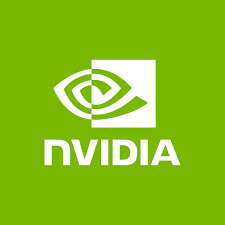Nvidia’s latest AI innovation has raised the stakes in the competitive world of artificial intelligence. The company recently introduced the Llama-3.1-Nemotron-70B-Instruct model, quietly launched on the AI platform Hugging Face. This model surpasses industry stalwarts like OpenAI’s GPT-4o and Anthropic’s Claude 3.5 Sonnet, marking a pivotal shift in Nvidia’s role in AI development.
For businesses, this development presents a significant opportunity to harness superior AI capabilities. Llama-3.1-Nemotron-70B-Instruct achieved impressive scores across various benchmarks, demonstrating its advanced language understanding and generation capabilities, which could translate into practical benefits for enterprises.
Nvidia’s transition from a GPU powerhouse to a formidable player in AI software development is noteworthy. The company refined Meta’s Llama 3.1 model using advanced training techniques, such as Reinforcement Learning from Human Feedback (RLHF). This approach allows the AI to align more closely with human preferences, potentially leading to enhanced customer service and satisfaction.
The impact of this AI model on business operations is profound. Companies can leverage its ability to process complex queries efficiently, reducing the need for extensive human intervention. This not only cuts operational costs but also frees up resources for strategic initiatives. The model’s alignment with user needs translates into fewer errors and more relevant responses, enhancing decision-making processes.
However, businesses must navigate certain challenges. While the model offers flexibility and top-tier performance, Nvidia cautions that it hasn’t been optimized for specialized domains like legal reasoning or mathematical computations. Companies need to implement safeguards to ensure accurate and responsible use.
Nvidia’s foray into AI software is a bold move that challenges tech giants to rethink their strategies. By integrating high-performance software with its hardware expertise, Nvidia is poised to reshape the industry. Its open-source initiatives, like the NVLM project, offer businesses customizable and powerful AI tools, encouraging innovation and collaboration.
As the Llama-3.1-Nemotron-70B-Instruct model is tested across various sectors, its success will hinge on its ability to turn benchmark victories into practical business solutions. The AI community will be watching closely to see how this model performs in real-world applications, potentially setting the pace for future advancements in AI-driven business strategies.
In conclusion, Nvidia’s strategic expansion into AI models offers businesses a competitive edge with flexible, high-performance solutions. The challenge lies in adapting these cutting-edge tools responsibly, ensuring they drive value and foster innovation across industries.









